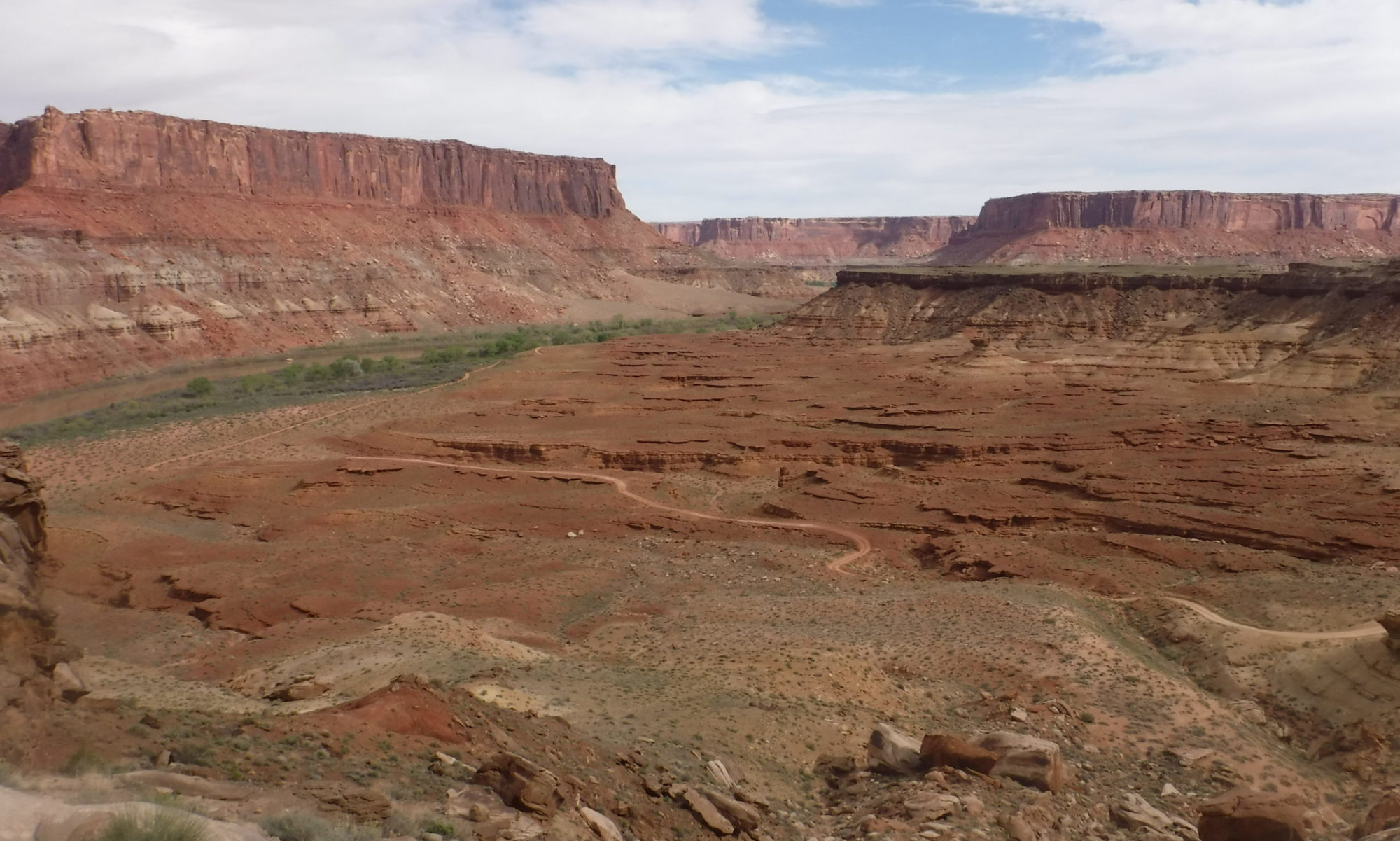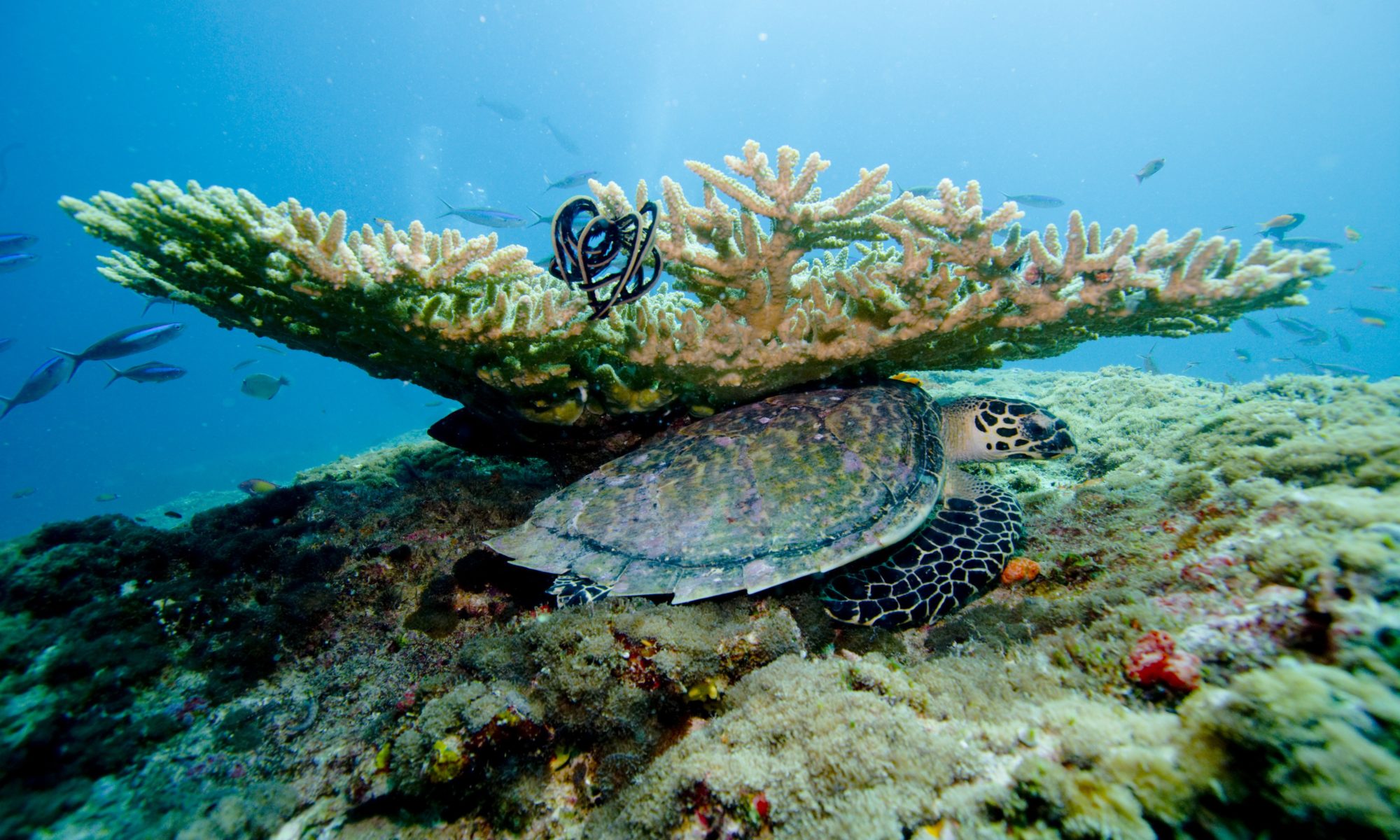Featured image: A coral colony from Maldives, Indian Ocean. Picture credit: Андрей Корман from Pixabay (Public domain)
Paper: Potential of reef building corals to study the past Indian monsoon rainfall variability
Author: Supriyo Chakraborty
Paleooceanographers have often used reef-building corals to study oceanic processes like the El Niño and Southern Oscillation, ocean circulation patterns, air–sea gas exchange, and the Indian Ocean dipole (a.k.a Indian Niño), among others. Yet how exactly do corals provide clues about the physical and chemical conditions of their environments? The answer lies in their skeletons.
Like some other marine invertebrates, corals extract calcium carbonate from seawater and use it to build their solid skeletal structures. During this process, regulated by the environmental temperatures, they incorporate different ratios of stable isotopes of oxygen, namely, oxygen-18 (18O) and oxygen-16 (16O). Isotopes are variants of a chemical element with similar chemical behaviour but differing physical properties. Oxygen isotopic composition is a universally accepted standard for studying past climates – the same concept that underlies the dating of ice cores, fossils, tree rings, and marine sediments.
In addition to the oxygen isotopes, coral skeletons incorporate trace metals like Strontium, Magnesium, and Uranium along with Calcium. The proportions of each of these trace metals with respect to calcium can provide estimates of past sea surface temperatures and sea salinity.
The Indian monsoon circulation is closely linked to sea surface temperatures and salinity – and is negatively affected by an increase in either. If corals record both parameters, could they provide long-term insights into the seasonal variations of rainfall? A recent study published in Current Science explores the potential of corals in the Indian Ocean basin to study monsoon variability across the Indian subcontinent.
Unlike the Pacific and Atlantic ocean basins, the Indian Ocean is rather landlocked – with the Indian subcontinent to its north. Thereby, its seasonal reversal of circulation is dependent on the differential heating of land and sea. A strong circulation causes cold water from the ocean’s depths to rise to the surface (a process known as upwelling), and leads to a cooling of 2°C-4°C in the Arabian Sea – the northern portion of the Indian Ocean. Free-floating foraminifera – single-celled organisms that are neither plants nor animals, are greatly affected by upwelling, and hence, can be used to study both oceanic and atmospheric processes. Similarly, the researcher was interested in if and how well firmly-attached corals could serve as proxies for studying the link between oceanic processes and monsoon circulation.
He compared over 12 research papers on coral cores that tried to establish an empirical relation between oxygen isotope values of corals in the Indian Ocean, the sea surface temperature, and past rainfall data from 50-100 years (gathered traditionally, via instruments). The papers span locations across the Indian Ocean: the Gulf of Kutch and the Lakshadweep Archipelago (Arabian Sea), the Andaman and Nicobar Islands (Bay of Bengal), the Chagos Island (Indian Ocean), Mahe (Seychelles), Rasdhoo Atoll in the central Maldives, Marbat (Oman coast), and Ras Umm Sidd and the Dahlak Archipelago in the northern and southern Red Sea, respectively. He then compared the findings from these papers with similar studies on Pacific Ocean corals.
In conclusion, he found that most corals in the Indian Ocean are less sensitive to ocean-atmospheric processes and rainfall than those in Pacific colonies. This provides indirect evidence that the equatorial Pacific plays a greater role in modulating the Indian monsoon than the equatorial Indian Ocean. An exception to this was the coral colony near Lakshadweep. The author proposes a synchronised analysis of coral isotopic data from Lakshadweep and the equatorial Pacific Ocean belt to obtain a long-term record of the onset and withdrawal patterns of monsoon and further clues to the seasonal variability of the Indian monsoon.
Could corals help study the variability of past Indian monsoons? by Devayani Khare is licensed under a Creative Commons Attribution-ShareAlike 4.0 International License.

